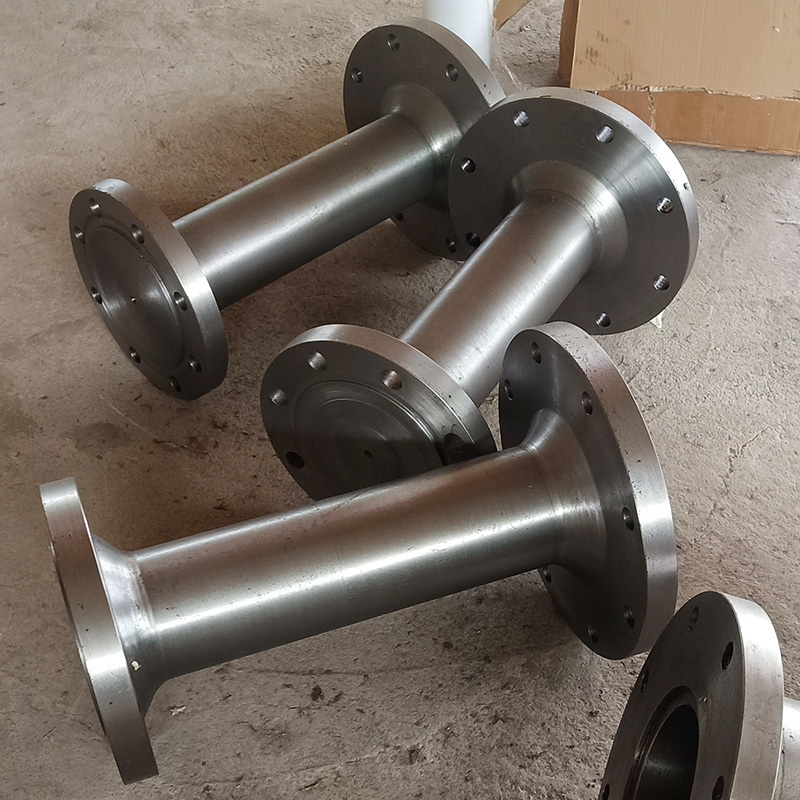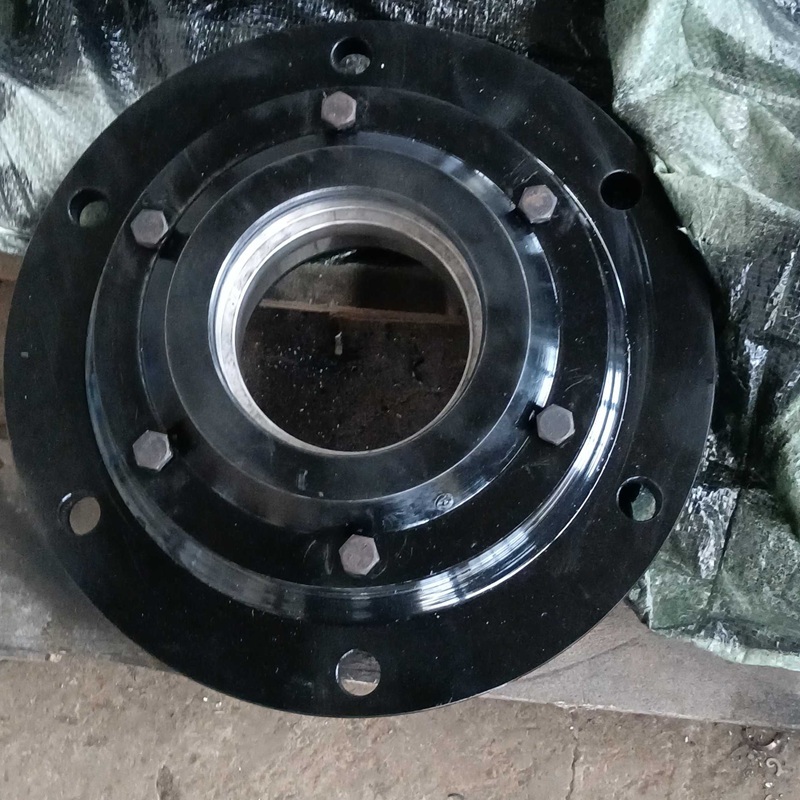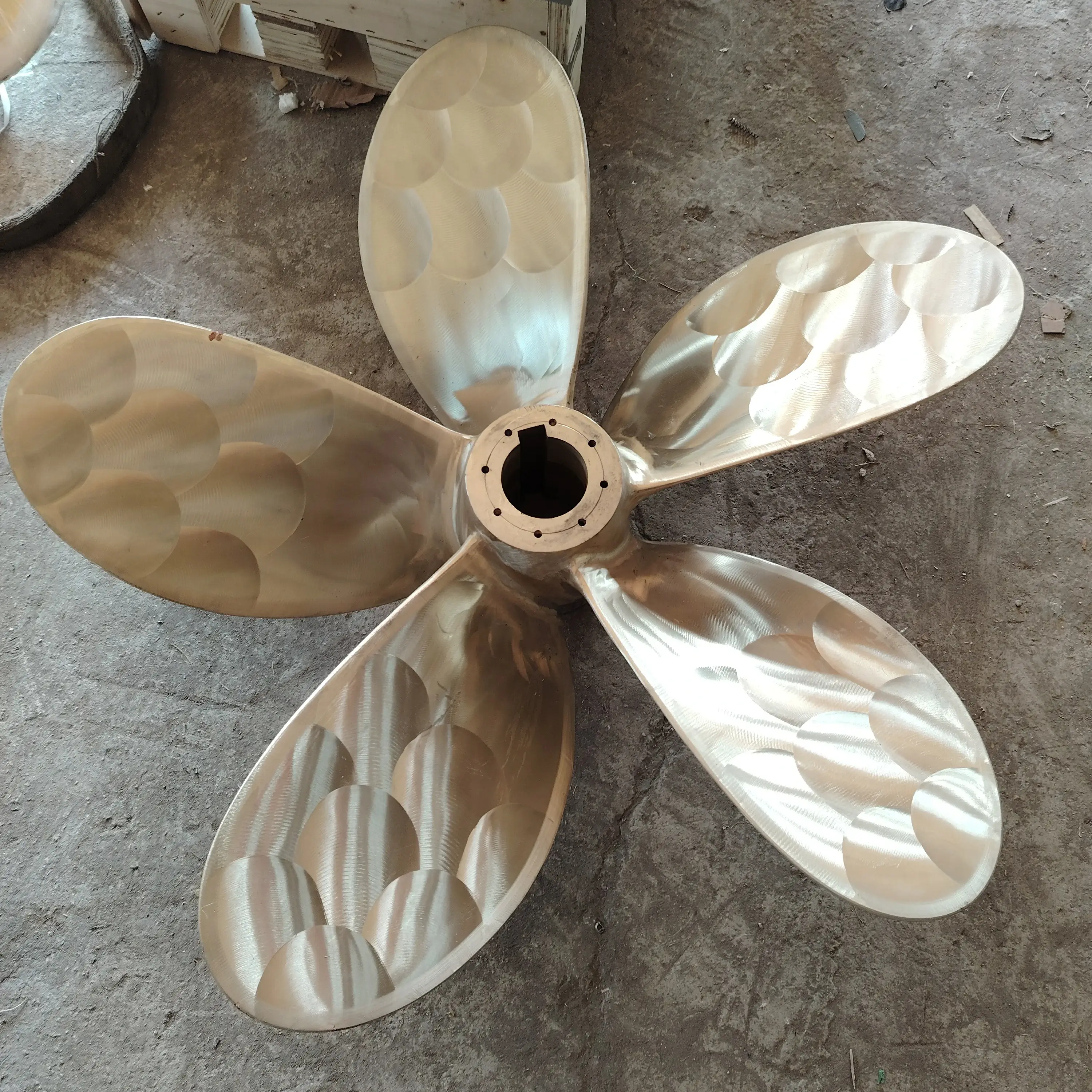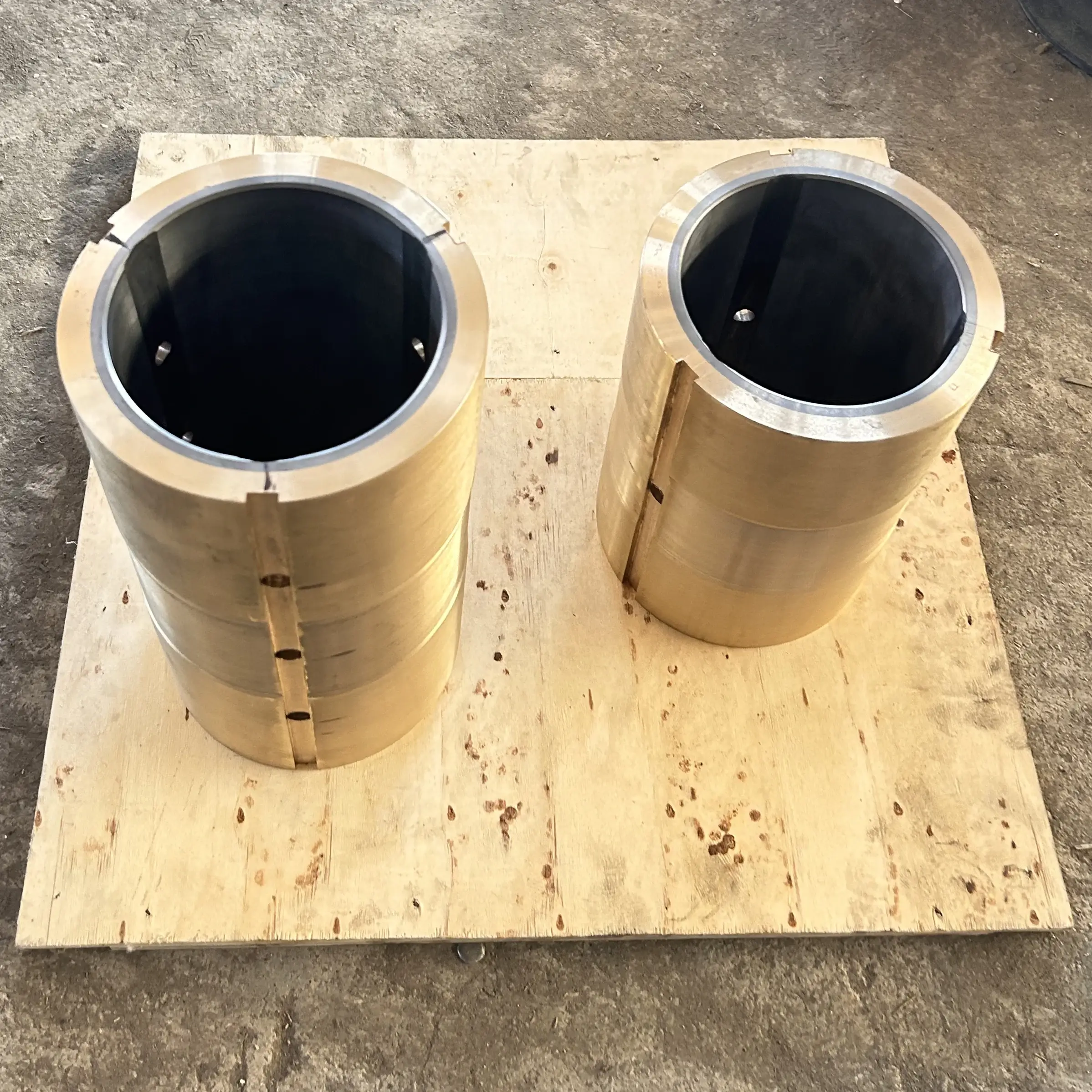Categories
Marine Intermediate Shaft
After several years' development,our products include screws, bolts, nuts and anchors. Over 95% of our products are exported to the overseas market, such as Europe. America and Southeast Asia.
- Commodity name: Marine Intermediate Shaft
- Product Description
-
The Marine Intermediate Shaft
The marine intermediate shaft is a key component in the complex propulsion system of a ship.
1. Structure and Construction
Physically, the marine intermediate shaft is a long, cylindrical component. It is typically made of high - strength steel, which is chosen for its ability to withstand the significant mechanical stresses involved. The shaft is machined with high precision to ensure a smooth surface finish. This is crucial as it interfaces with other components such as bearings and couplings. The diameter of the intermediate shaft is determined based on the power requirements of the ship and the overall design of the propulsion system. At each end, it usually has flanges or couplings. The flanges are designed to ensure a secure connection to adjacent shafts, either the main engine shaft or the stern shaft.
2. Function in the Propulsion System
Functionally, the intermediate shaft plays a vital role in transmitting power. It serves as an intermediate link between the main engine and the stern shaft that ultimately drives the propeller. The rotational power generated by the engine is transferred through the intermediate shaft. This transfer needs to be efficient and reliable. As the ship operates, the intermediate shaft rotates at high speeds, and it must be able to handle the torque without excessive deformation or vibration.
3. Alignment and Support
Proper alignment of the marine intermediate shaft is of utmost importance. Even a slight misalignment can lead to increased wear on bearings, couplings, and the shaft itself. To support the intermediate shaft, it is mounted on bearings at regular intervals. These bearings reduce friction during rotation and help to keep the shaft in the correct position. The alignment process during installation and maintenance is a critical operation that requires careful measurement and adjustment.
4. Maintenance and Inspection
Regular maintenance and inspection are necessary to ensure the reliable operation of the marine intermediate shaft. Inspections may include visual checks for signs of wear, such as scratches or surface pitting. Non - destructive testing methods, like ultrasonic testing, may be used to detect internal flaws such as cracks. Lubrication of the bearings associated with the intermediate shaft is also a key maintenance aspect. If any issues are detected, such as misalignment or bearing wear, prompt corrective action must be taken to avoid more serious problems in the propulsion system that could potentially lead to ship immobilization.
Key words:
ANCHOR | BOLT | SCREW | NUT | BAND | BRACKET | ROD | OTHER FASTENER | NON-STANDARD
Get A Quote
Note: Please leave your email address, our professionals will contact you as soon as possible!
Related Products





